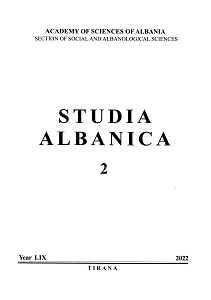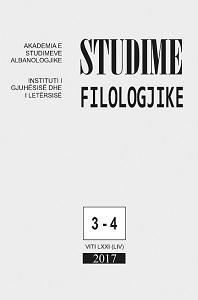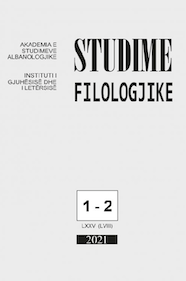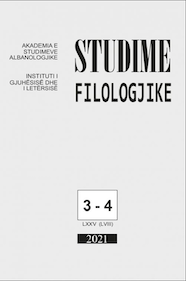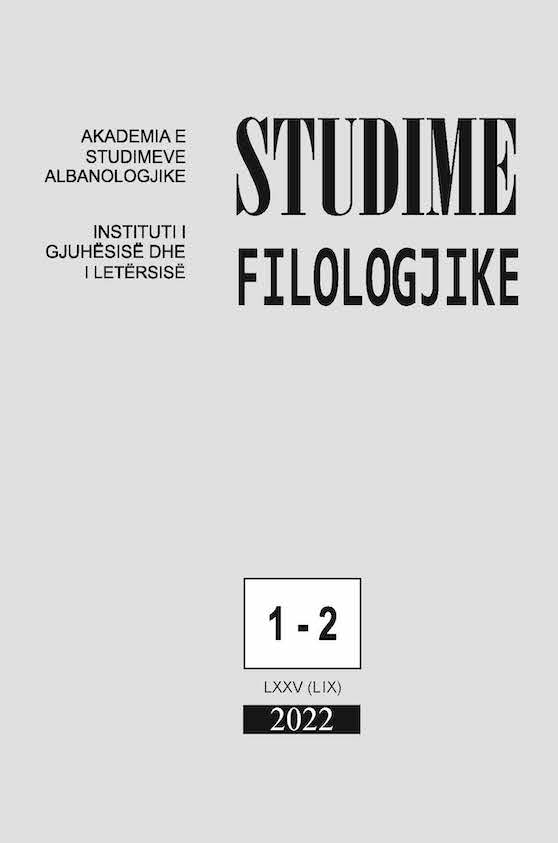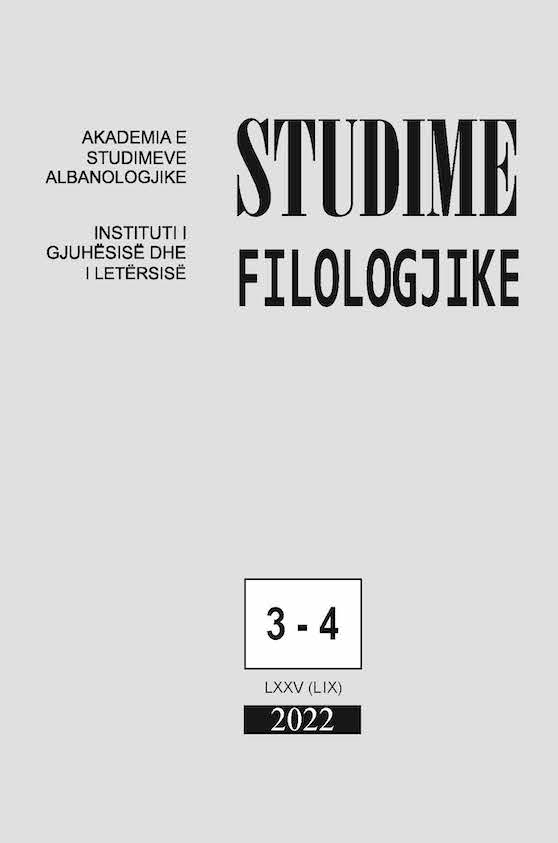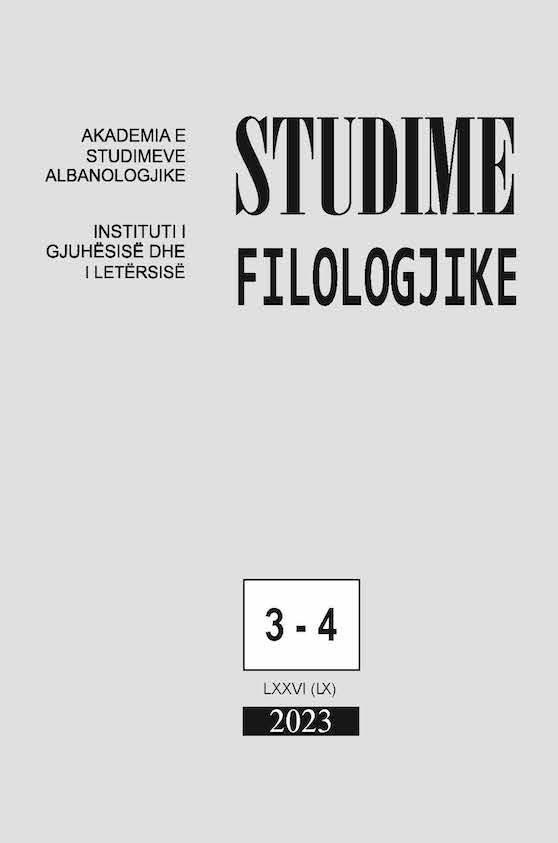Author(s): Emin Z. Emini / Language(s): Albanian
Issue: 03-04/2022
The appearance of neoclassicism in Albanian literature, either in historical or stylistic terms, is considered an atypical phenomenon, especially when it is taken into account that neoclassical poetics in Albanian drama, and not only, comes even after modernism. The most emblematic neoclassicist representative is Etëhem Haxhiademi. His dramaturgy has some atypical poetic elements: The relationship of mythos as dramaturgical narrative with myth as paratext. The mythological, biblical and historical narrative in the dramaturgy of E. Haxhiademi takes the status of literary fiction, even though the meaning of the fiction itself is poetically mythical. The author with literary awareness, through the transmission of meaning and images from the pre-text to the literary text, aims for literary fiction and through fiction to build new literary codes and myths. Haxhiademi's classicism preserves the "old rules" and conceives "new ideas" and not only that. His drama is not limited to new ideas. Haxhiademi appears in Albanian dramatic literature as an author with creative awareness, therefore he re-examines and remodels both the myth and the character. In the artistic aspect, starting with hamartization and ending with catharsis, in the ancient Greek tragedy, according to Aristotle, the transition of the literary curve from aesthetic categories to ethical categories should occur. While, in the dramaturgy of Etëhem Haxhiademi, atypical classical and neoclassical discourse is constructed, the opposite happens: the ethical dimension is a function of aesthetics. The examination and remodeling of the biblical, mythological and historical character and especially, the ethical dimension of the object (tragedy) as an aesthetic function. In Haxhiademi's drama, the character is the hero who does not have the features of the classical-neoclassical hero because he also has the features of an "ordinary" man. The dramatic subject is located between the hero and man as a human being. Finally, the character in Haxhiademi's dramaturgy can be classified as multi-faceted: he is a hero, a deheroized hero, and a human. In the literary and aesthetic finding of Haxhiademi, there is the abandonment of cosmogony and theogony as well as the return of attention to social psychology, to behavioral psychology, to the family and finally to the human being (psychoanalysis) as an object of knowledge. This approach deviates him from classicist poetics. Haxhiademi's neoclassicism, in addition to requiring a reading in the historical-social, historical-literary context with the dramaturgy of the time, requires a comparative reading with the universal classical-neoclassical sister dramaturgy. Likewise, it requires re-reading in several areas: anthropology - cultural and ethnocultural anthropology, sociology of drama and theater, psychoanalysis of the dramatic text and the character, and above all it requires the study from the prism of the philosophy of aesthetics, of the work as art and beautiful thinking, that is, the aesthetics of the work as an artistic-aesthetic literary object.
More...


